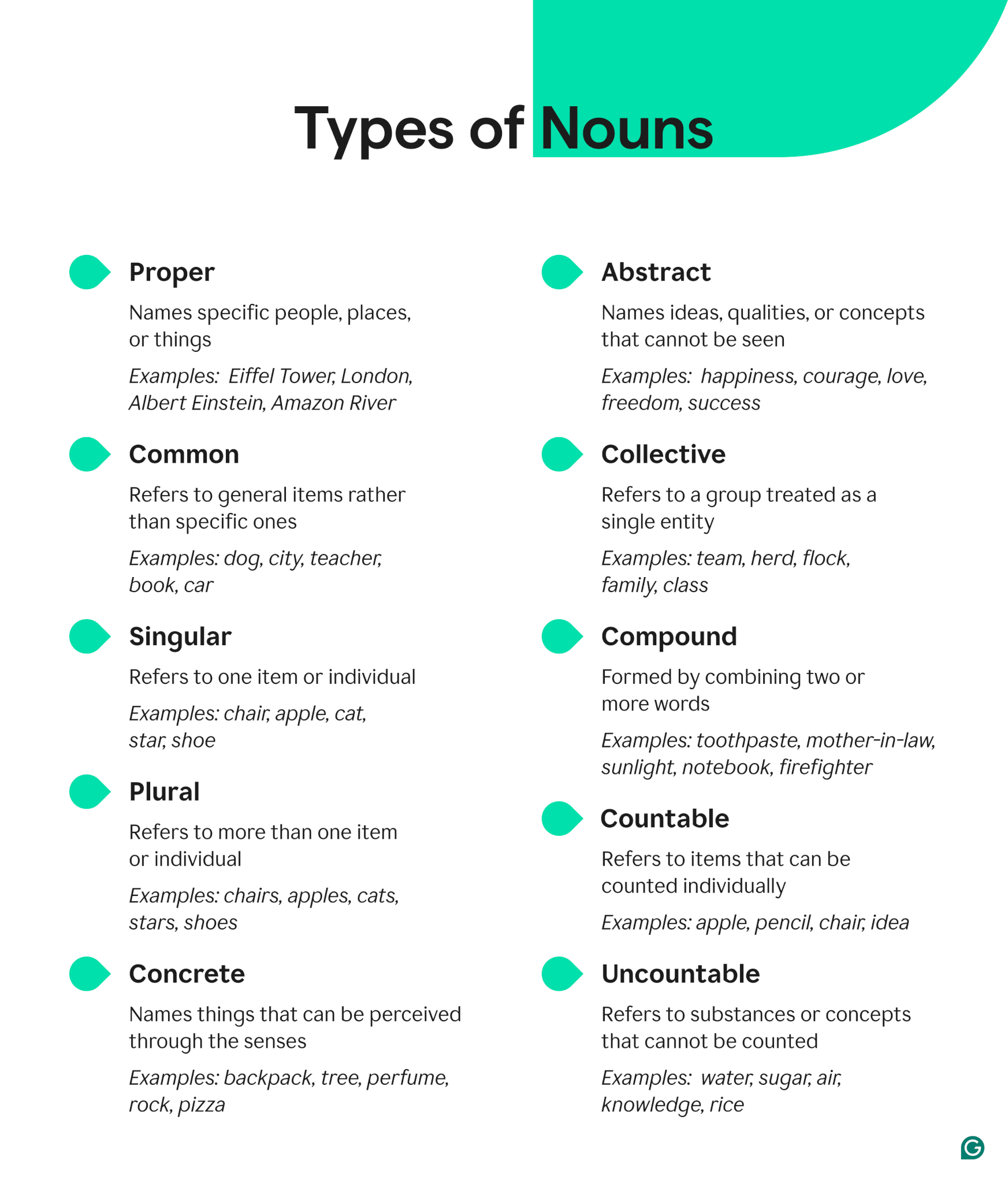Proper nouns play a crucial role in the English language, helping to identify specific people, places, and things. They are always capitalized and provide clarity and specificity in writing. Understanding the definition and usage of proper nouns is essential for effective communication.
Whether you’re writing an essay, a novel, or a simple email, proper nouns help to distinguish between general and specific entities. Without proper nouns, sentences would lack precision and accuracy, leading to confusion for the reader.
Proper Nouns Definition
Proper nouns refer to the names of specific people, places, or things. They are always capitalized, regardless of where they appear in a sentence. Examples of proper nouns include names of individuals (e.g., John, Sarah), geographical locations (e.g., New York, Eiffel Tower), and organizations (e.g., Microsoft, United Nations).
Proper nouns serve as identifiers, helping to differentiate between similar entities. For example, without proper nouns, it would be challenging to distinguish between “the president” and “President Biden.” By capitalizing the latter, it becomes clear that you are referring to a specific individual.
In addition to enhancing clarity and specificity, proper nouns also add a personal touch to writing. By using someone’s name instead of a generic term, you create a sense of connection and individuality. Proper nouns help to personalize your writing and make it more engaging for the reader.
Proper nouns also play a crucial role in academic and professional writing. When citing sources or referencing specific individuals, it is essential to use their proper names to provide accurate information. Proper nouns help to maintain credibility and professionalism in your writing.
In conclusion, proper nouns are an essential component of the English language, providing clarity, specificity, and personalization to writing. By understanding the definition and usage of proper nouns, you can effectively communicate your ideas and thoughts. So next time you’re writing, remember to capitalize those proper nouns and give your writing the attention to detail it deserves.
